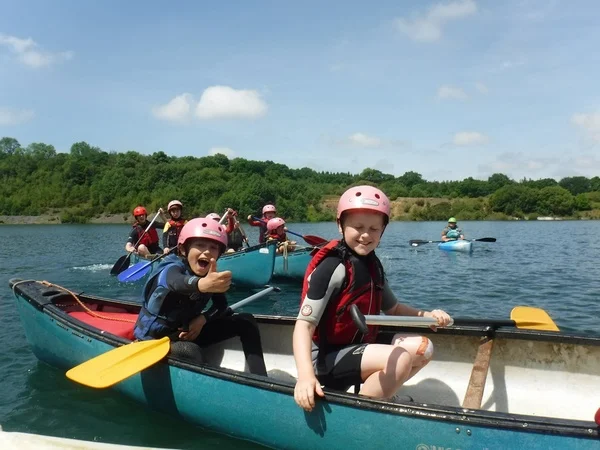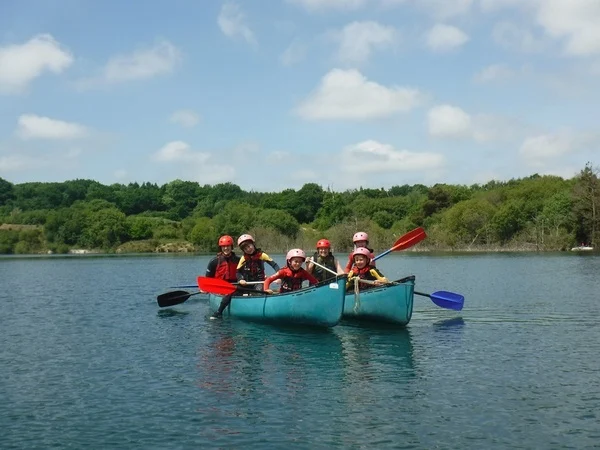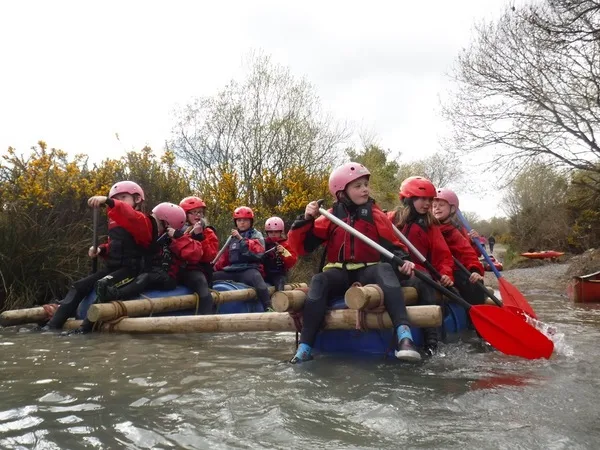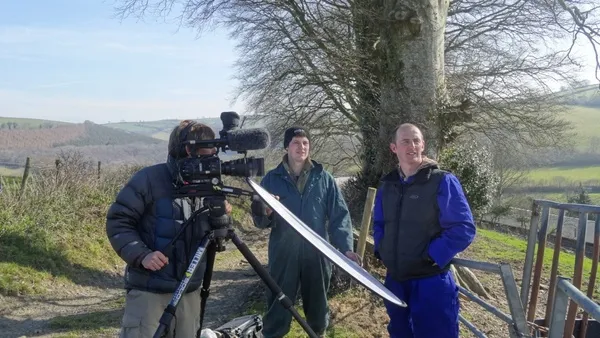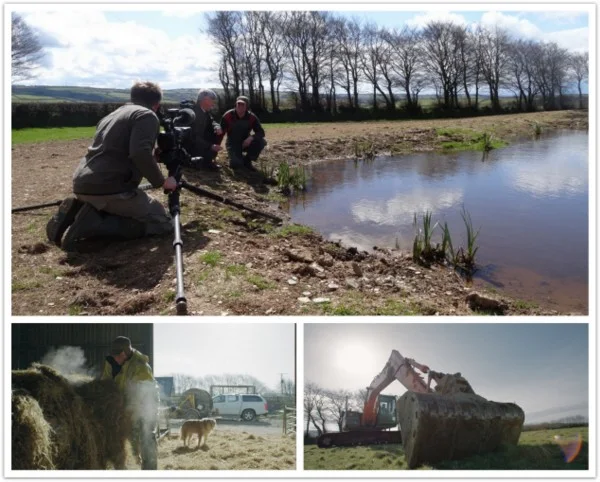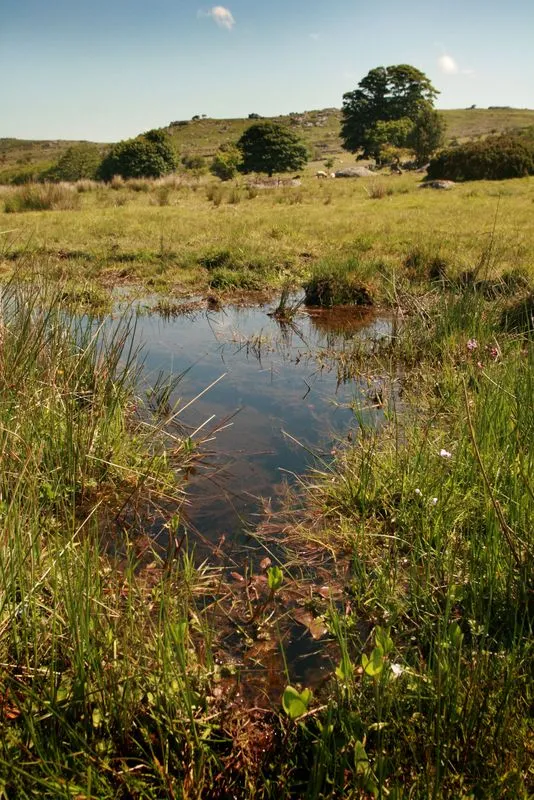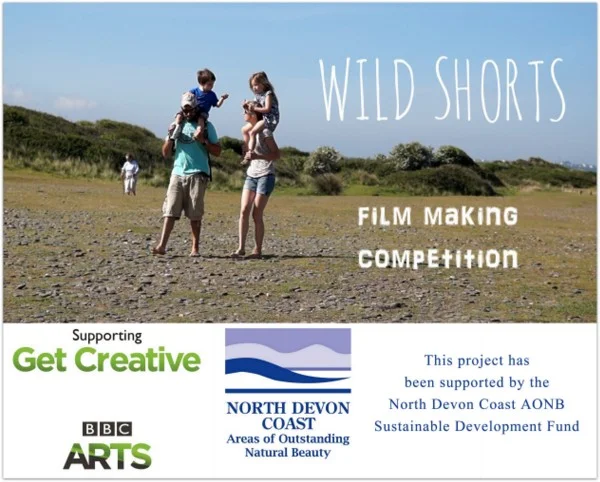A new community project is to bring to life the 'hidden' side of Dartmoor, the internationally important blanket bogs which cover around 10% of the moor
The Magnificent Mires project will highlight, for both local residents and visitors, the wealth of wildlife that relies on this threatened habitat and the many services Dartmoor's mires provide for people.
Thanks to a grant of £57,800 from Heritage Lottery Fund, the one-year project is to be launched later this month by Devon Wildlife Trust and project partners, Dartmoor National Park Authority, The Duchy of Cornwall and Dartmoor Preservation Society.
Dartmoor has the largest expanse of upland peat in southern England and supports a unique mix of Devon's wildlife. Carnivorous plants such as sundews and butterworts, as well as the rare bog orchid, thrive in the wet ground. This flora supports a wide range of wildlife including scarce insects like the bog hoverfly and the marsh fritillary butterfly. Birds on the mires include the most southerly breeding
population of dunlin in the world.
This rich landscape performs important functions which are crucial to our daily lives. Peatlands are a vital carbon store: Dartmoor alone stores an estimated 10 million tonnes of carbon in its peatland soils - equivalent to an entire year of carbon dioxide emissions from UK industry.
Bogs also act as sponges, absorbing water in times of flood and delivering clean, naturally filtered supplies in times of drought. Almost half of the 157 billion litres of water annually supplied by South West Water is extracted from rivers and reservoirs that have their source on Dartmoor's mires.
The wild blanket bogs of Dartmoor have attracted myth and folklore over the centuries and have provided inspiration for many writers, from Sir Arthur Conan Doyle's Hound of the Baskervilles to the poetry of Ted Hughes.
Dartmoor's peatlands began life as much as 10,000 years ago steadily forming a blanket swathing the high moorland landscape. Dartmoor supports the largest concentrations of archaeological remains in Europe from Neolithic through to Medieval, as well as remains from more recent mining industries now often cloaked within the mosses and heathers. This cultural landscape has been, and continues to be, shaped by human activity through extensive livestock farming and tells a fascinating story which the new project will bring to life.
But Dartmoor's bogs are often perceived as barren, inaccessible and simply too wild to explore safely. The Magnificent Mires project will bring people to the bogs through a programme of wildlife walks and other events at sites such as DWT Emsworthy Mire nature reserve, near Widecombe.
The project will also bring the bogs to people with a Bog Garden, managed and funded by the Dartmoor Preservation Association and the National Park Authority at the National Park Visitor Centre at Princetown, as well as hands-on interpretation materials that will reveal the crucial role the mires play in supporting our everyday lives.
An education programme will invite schools to be 'champions' of their moorland rivers - the Dart, Tavy, Okement, Bovey and Teign - celebrating the blanket bogs at the headwaters, and taking positive action to care for their local patch, including a 'Bog in a Box' for each school. The important role that farmers play in managing the land through extensive stock grazing will be brought to life.
While there are still some areas of high quality blanket bog, the future of much of Dartmoor's peatlands is uncertain. There are concerns about the health of mires in some areas due to drying out and possible erosion, along with uncertainty over the impact of climate change.
But in the words of Sir David Attenborough: "No one will protect what they don't care about - and no one will care about what they have never experienced". The most recent survey of visitor activity on Dartmoor shows that 82% of people walk less than 5 miles. The blanket bogs are mostly found in remote locations and so are rarely experienced, while knowledge of their importance for wildlife and people remains low.
By providing a variety of ways to experience and learn about Dartmoor's Magnificent Mires, the project aims to engage people with these unique places, encourage them to explore and learn more, and inspire them to care about halting the decline of the blanket bogs and securing their future.
Peter Burgess, Director of Development, Policy and Research at Devon Wildlife Trust, said: "Dartmoor's blanket bogs are alive with some of the most special wildlife in the country, our most southerly breeding dunlin and carpets of carnivorous sundew. Through the support of the Heritage Lottery Fund the partnership will reveal these hidden treasures and reconnect people with the stunning sights and sounds of the high Moor."
Phil Hutt of Dartmoor Preservation Association said: "The Dartmoor blanket bogs are a hugely significant environment, act as a critically important carbon store and deliver an enormous amount of clean water to the South-west. The Magnificent Mires project will help to change the public perception of this wonderful, fragile habitat and reinforce the need to protect it for the benefit of future generations."
Alison Kohler, Director of Conservation and Communities at Dartmoor National Park Authority said: "We are pleased to be part of this project to celebrate the fantastic mires we have here in Dartmoor National Park. We hope people of all ages will get involved and take advantage of this opportunity to get up close and learn about the history and wildlife associated with this habitat and its ongoing management by local farmers."
Tom Stratton of The Duchy of Cornwall said: "This project will bring to life the special qualities of Dartmoor's blanket bogs - a little known resource to many - and demonstrate the important role that they have in terms of biodiversity, water management and carbon sequestration. The Duchy of Cornwall is pleased to provide its support."
Nerys Watts from Heritage Lottery Fund said: "Dartmoor's blanket bogs are important for any number of reasons, be it as a carbon store or wildlife habitat. By connecting people to these areas, and opening them up for exploration and discovery, this National Lottery support will increase understanding and interest in these hidden parts of the legendary moor and ensure they are protected for the future."
Photos of well-managed Dartmoor mire at DWT Emsworthy Mire
nature reserve, near
Widecombe copyright Simon Williams (All Rights Reserved)
--------------------------------


